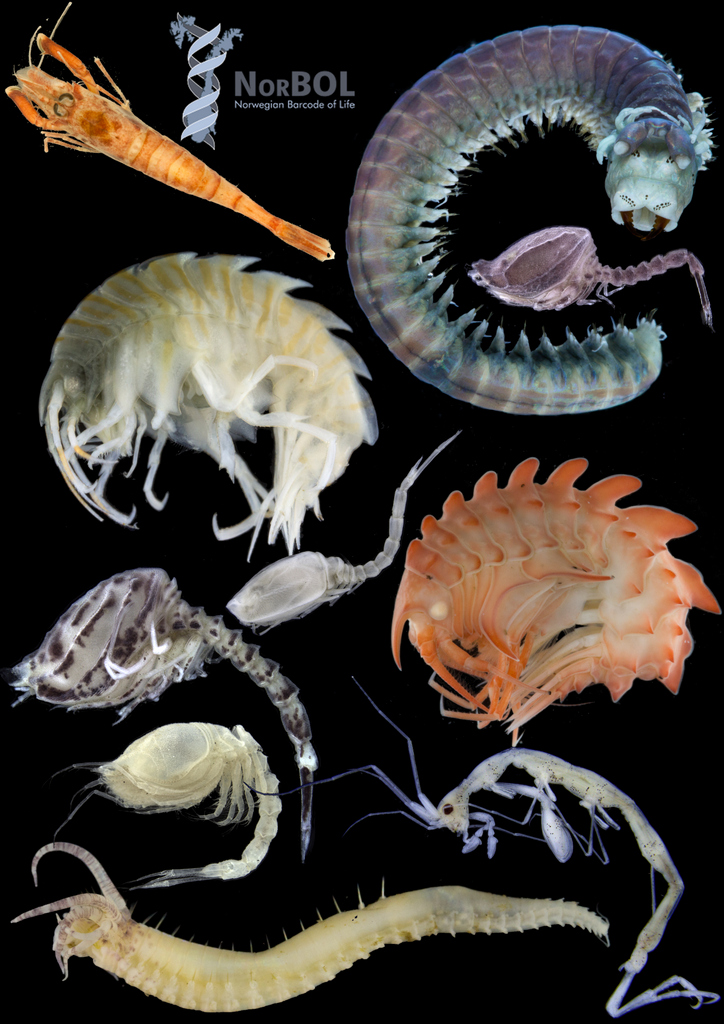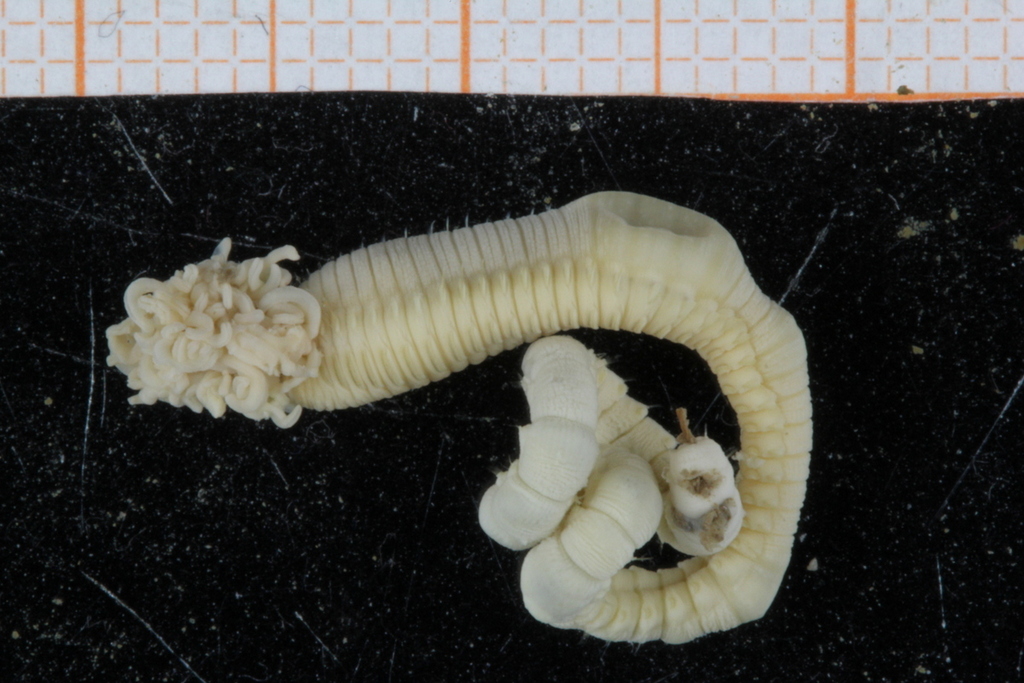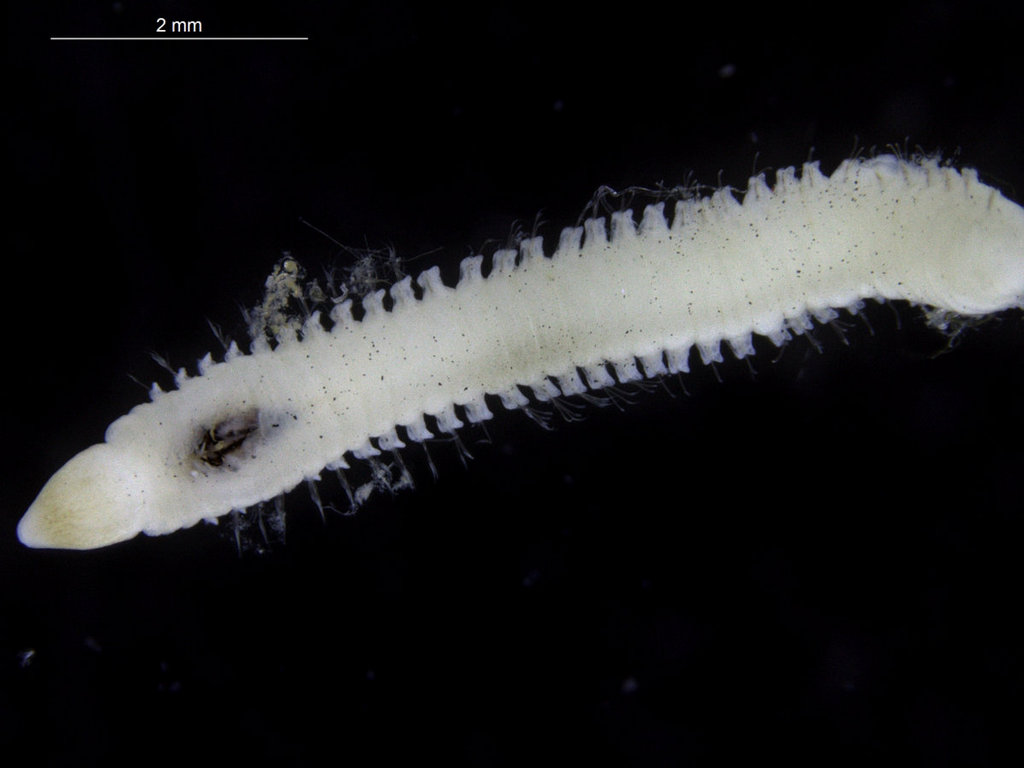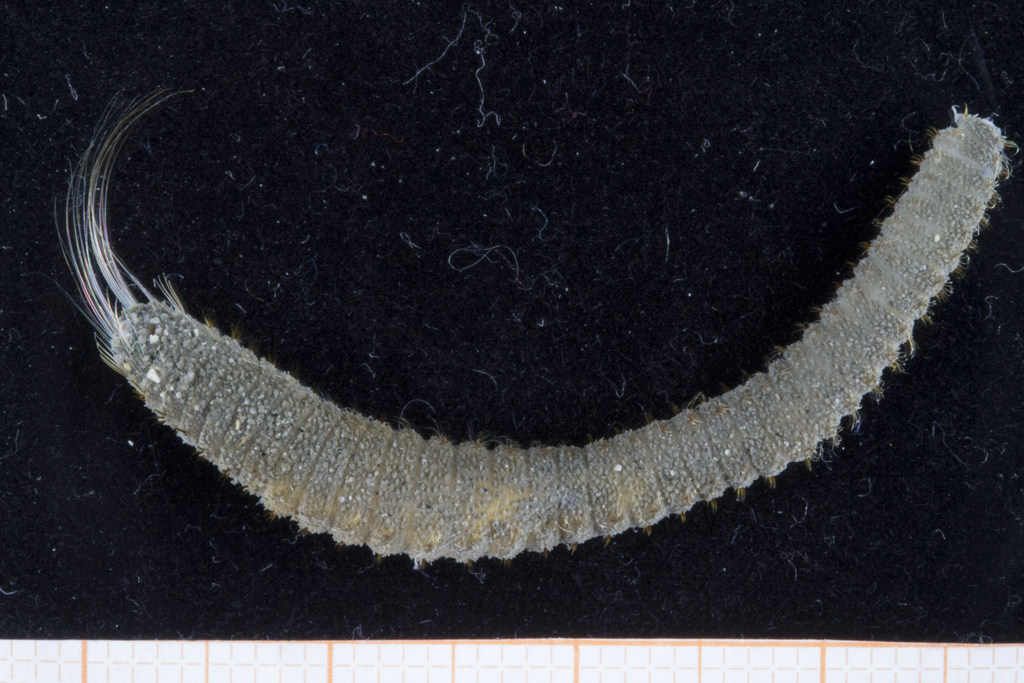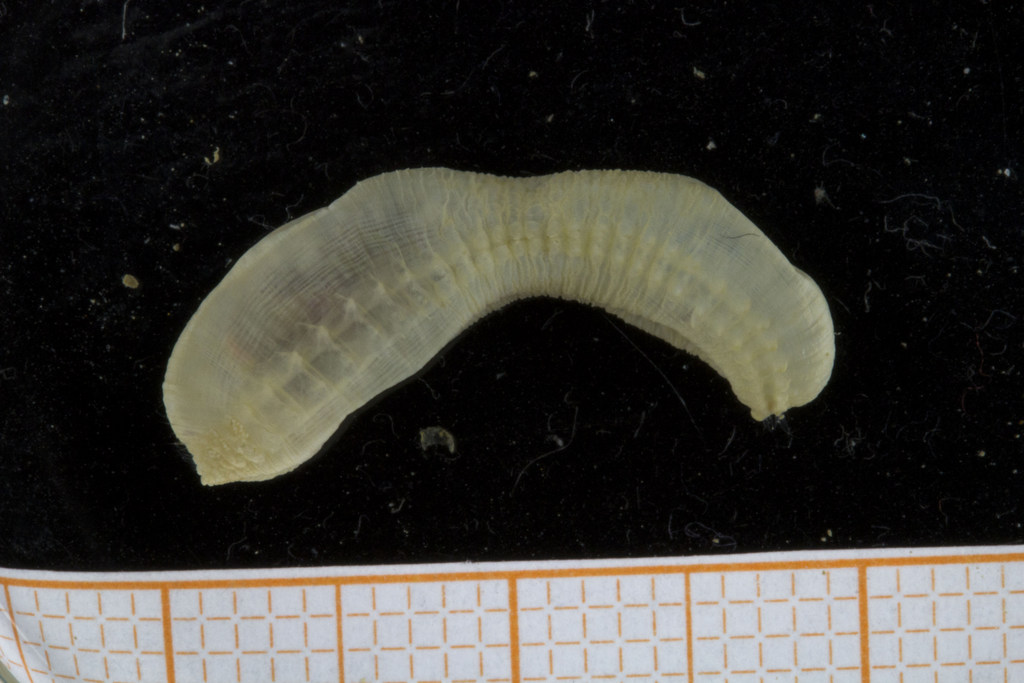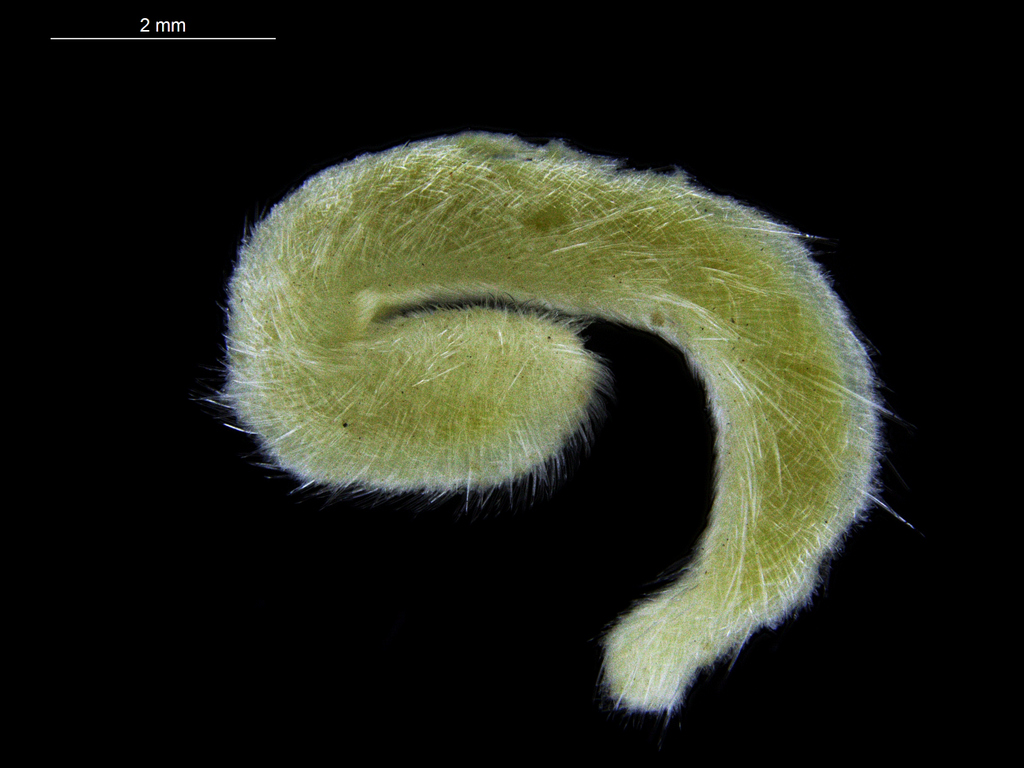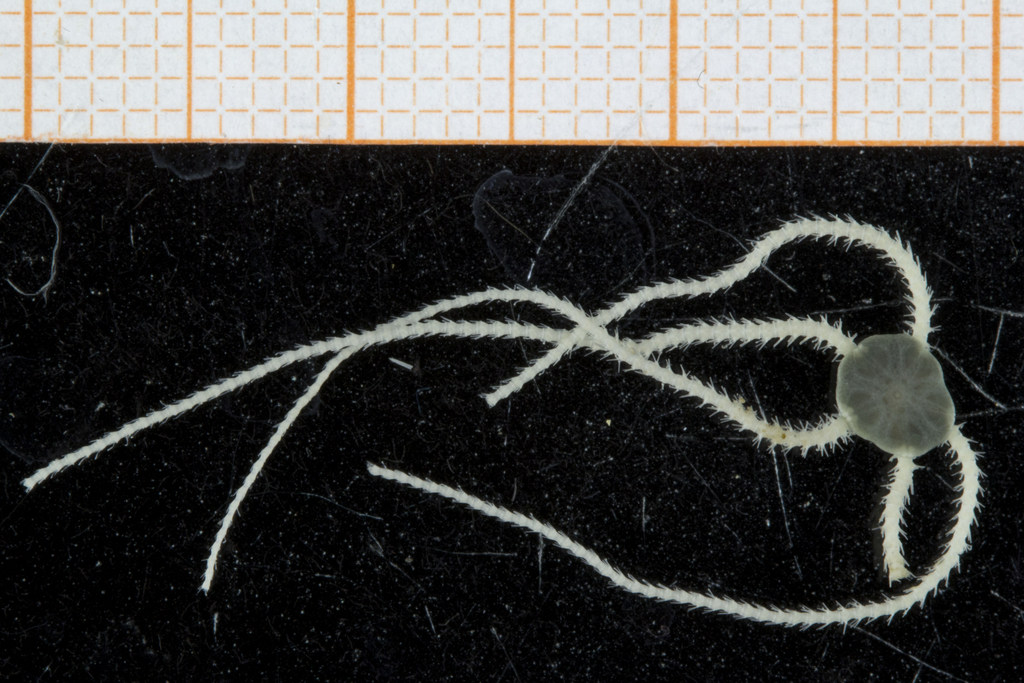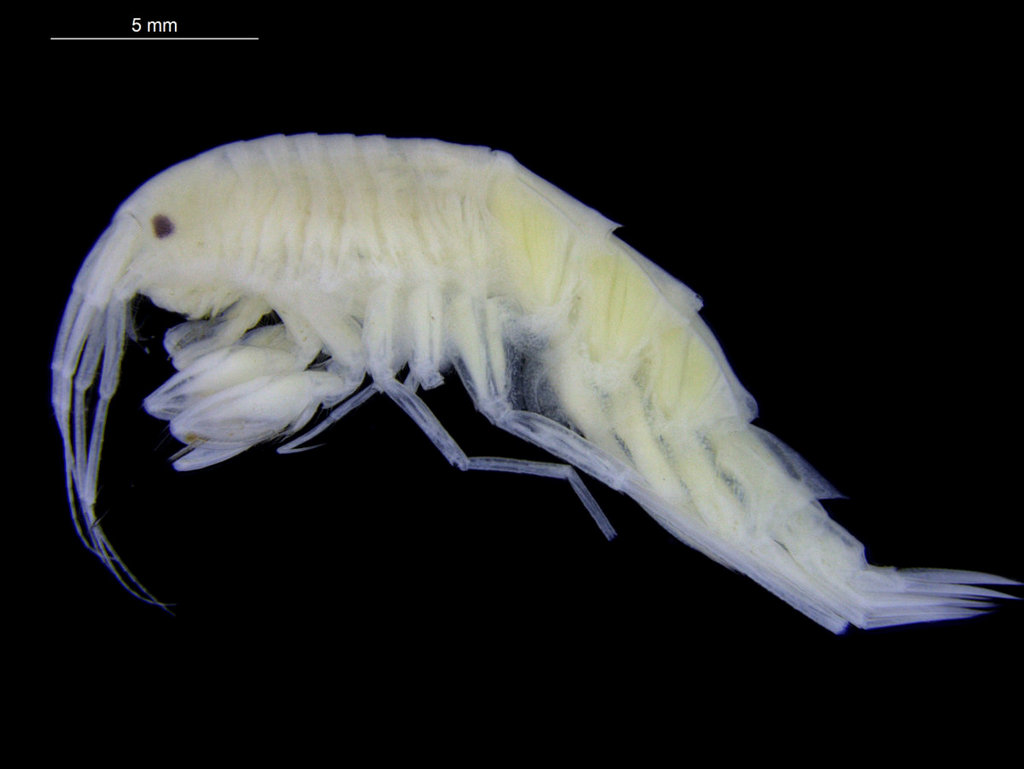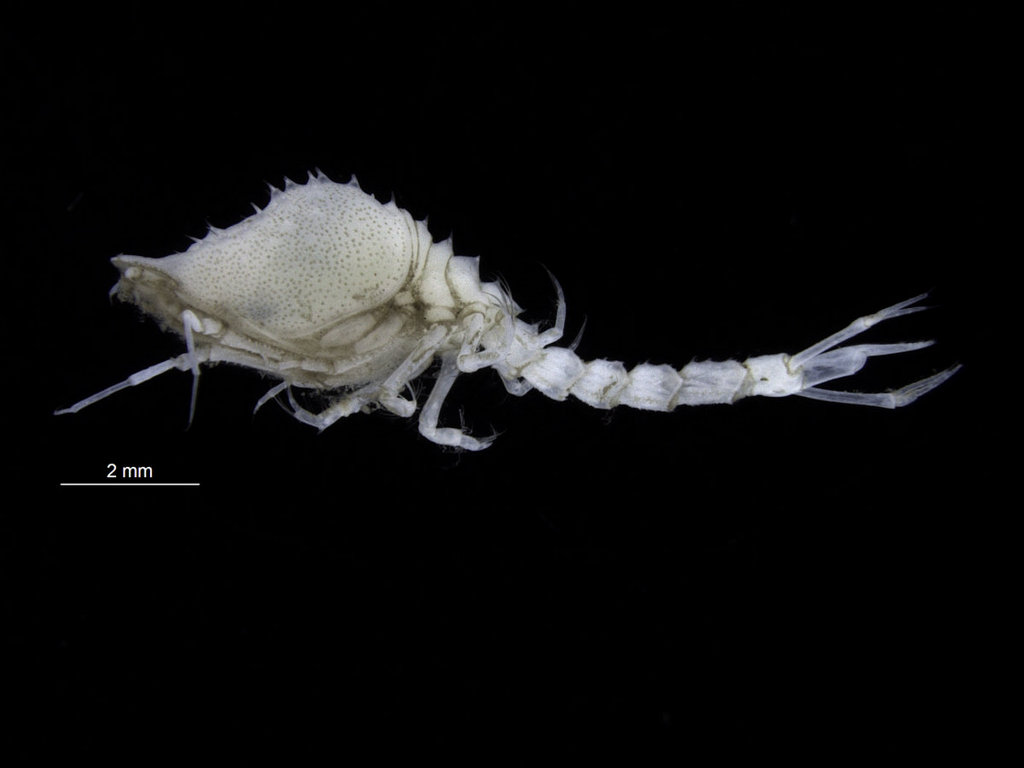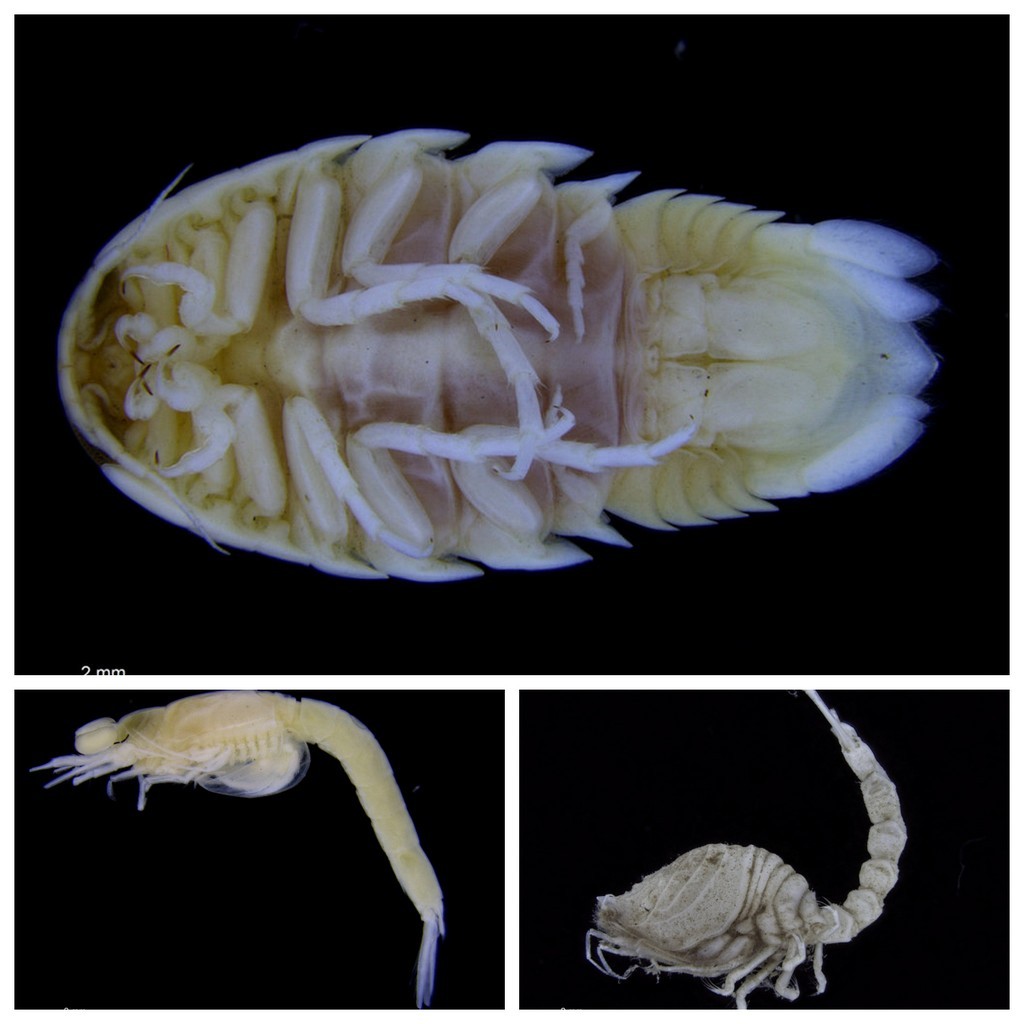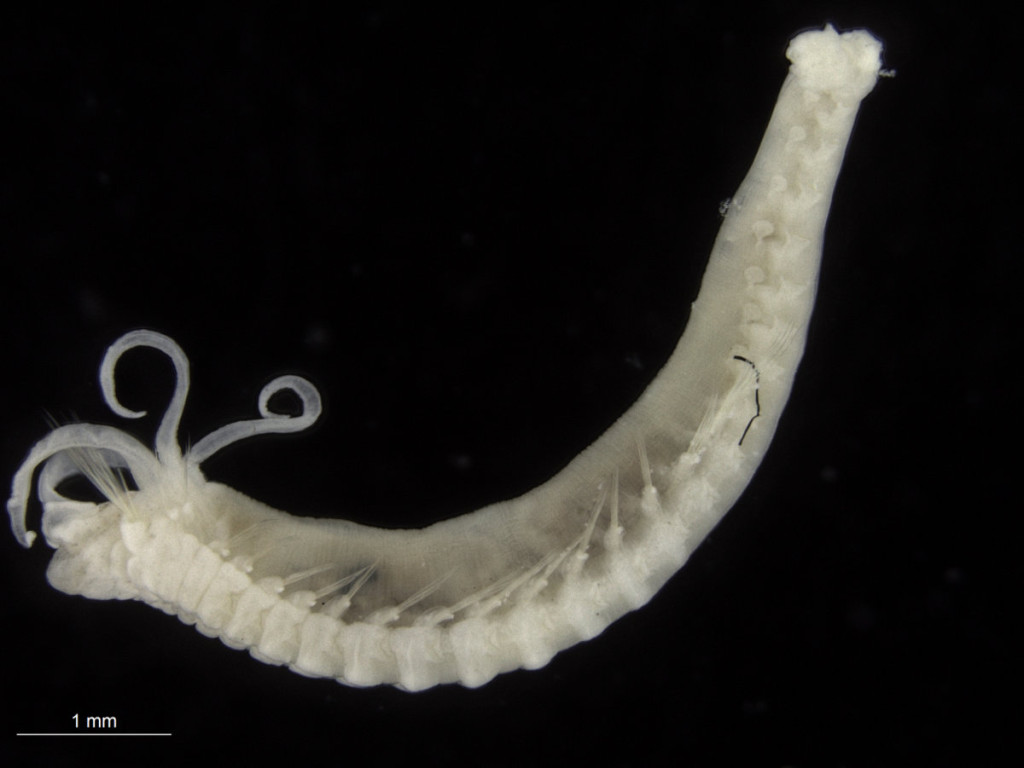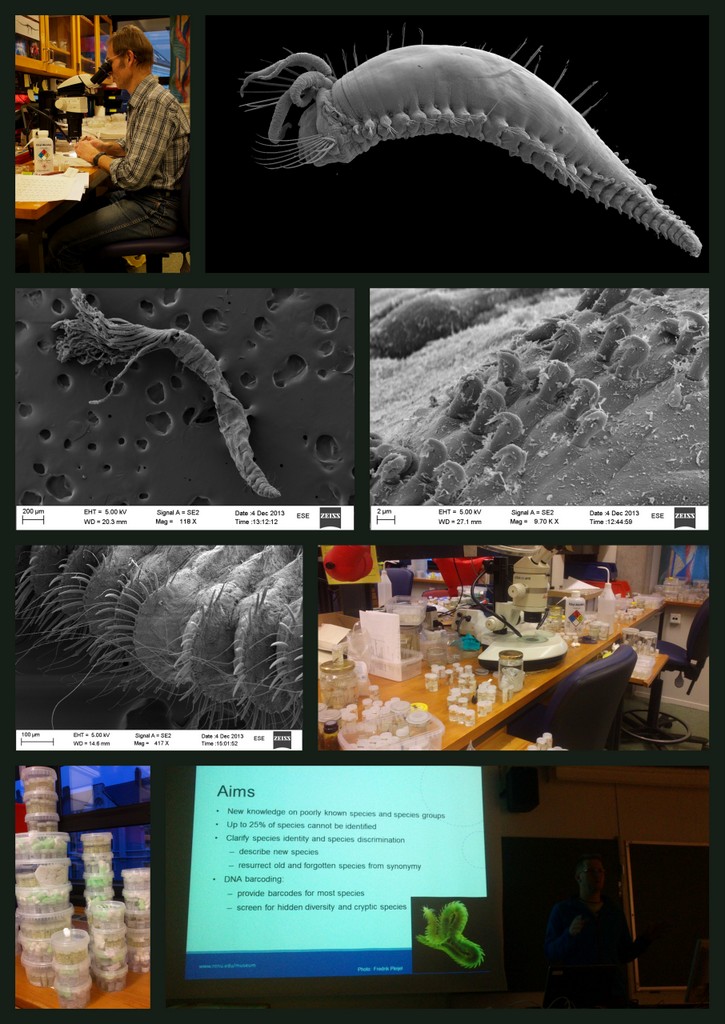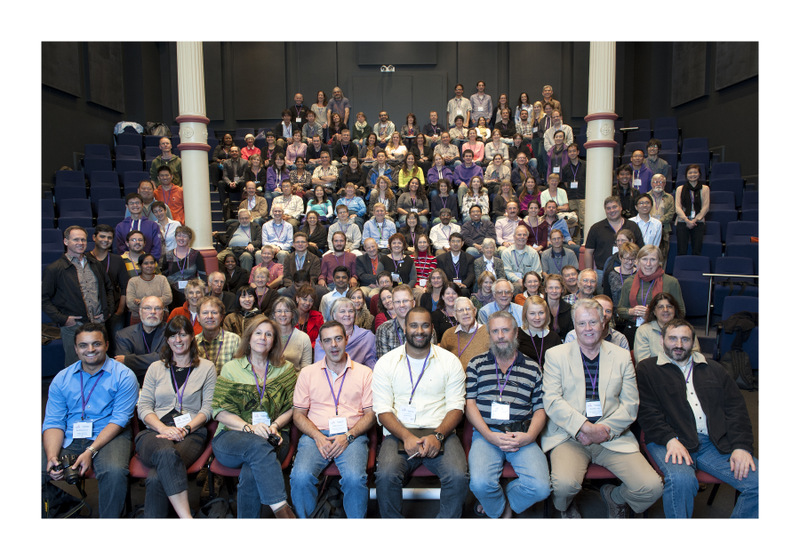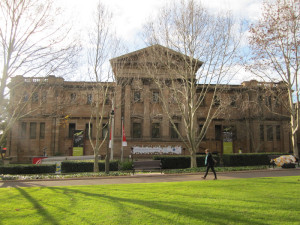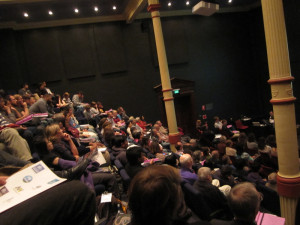For todays photo we have a real beauty; this bristle worm (Polychaeta) from the family Sabellidae, the feather duster worms!
After being emailed this photo, one of our collaborators – who works with the Sabellidae – has identified it to the genus Euchone (Thanks, M.! ).
For an identification to species level, an examination of small details, such as the characteristics of individual bristles would be needed. Or we can barcode it and hope that a specimen from the same species has already been (correctly!) identified to species and uploaded to the database, in which case we would get a hit on “our” barcode. In this case, we hope to do both – get a name on it based on the morphology, and do genetic sequencing so that its genetic barcode can be included in the BOLD database 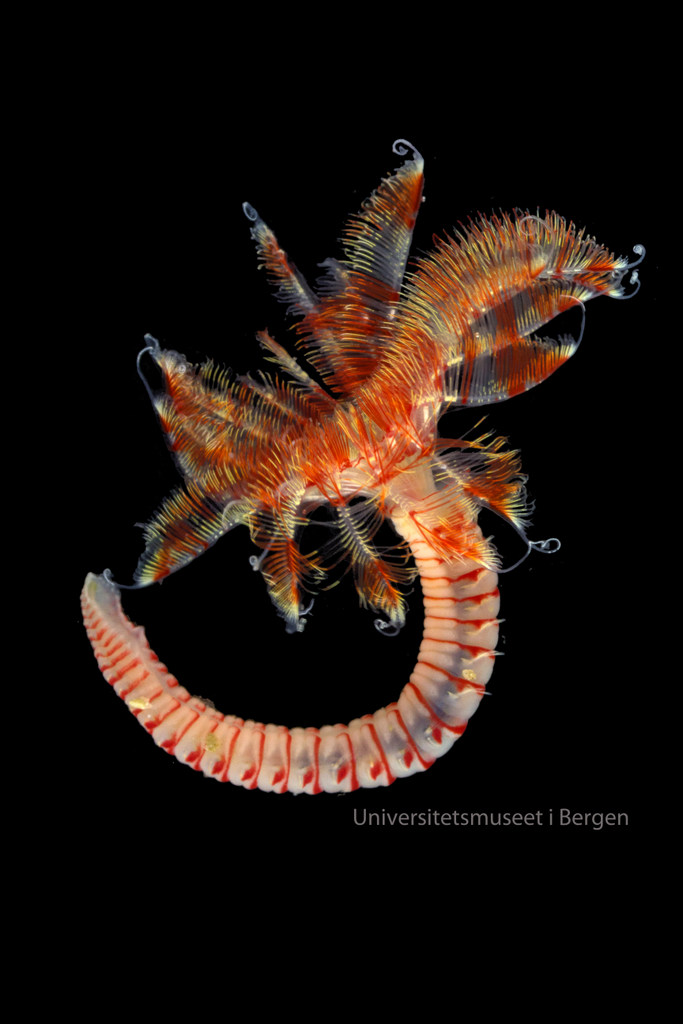 Euchone sp. Photo: K. Kongshavn
Euchone sp. Photo: K. Kongshavn
It was collected just outside of Bergen on one of our day trips, and will be included in our ongoing effort to assemble a library of genetic barcodes for all the Norwegian marine invertebrates.

